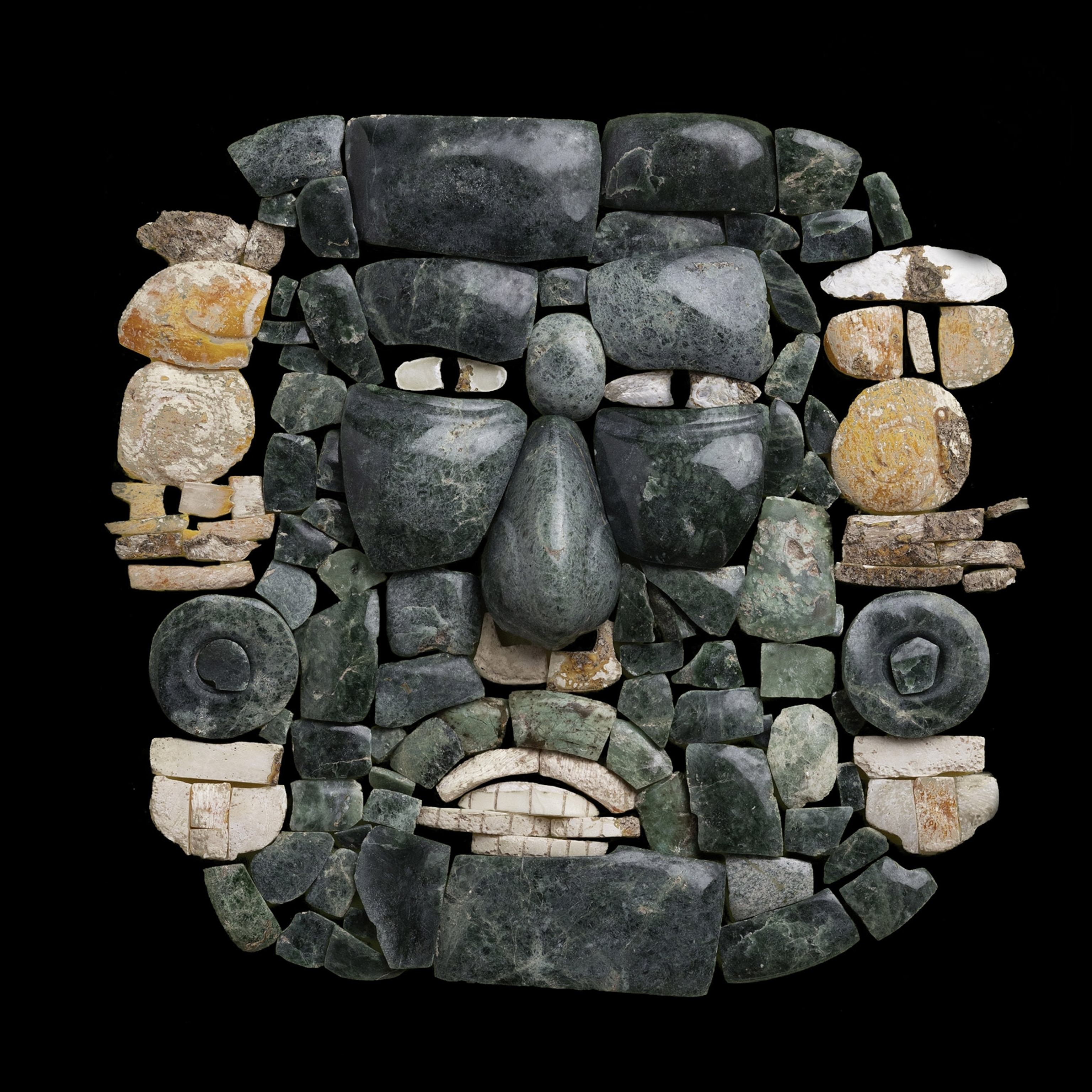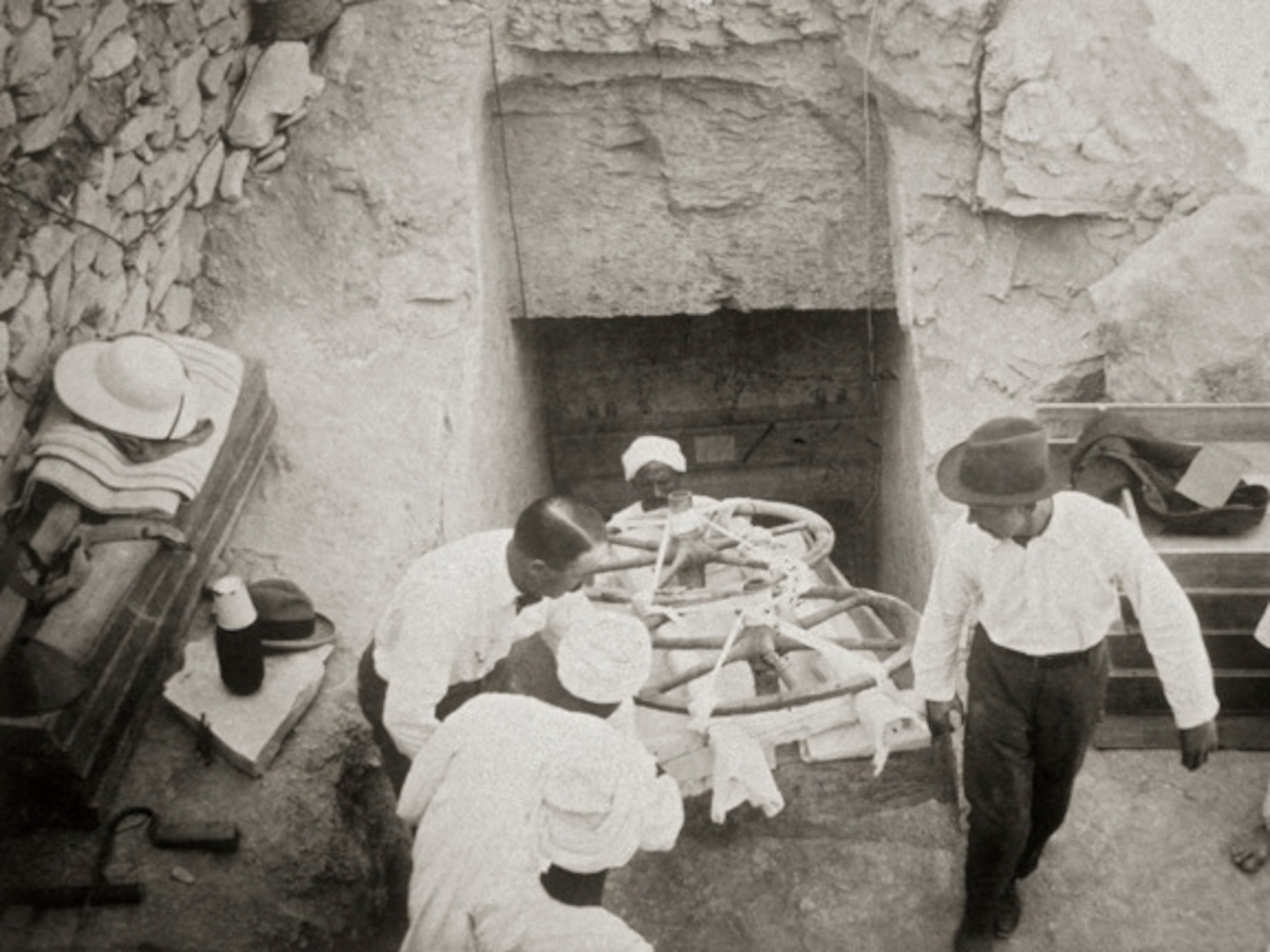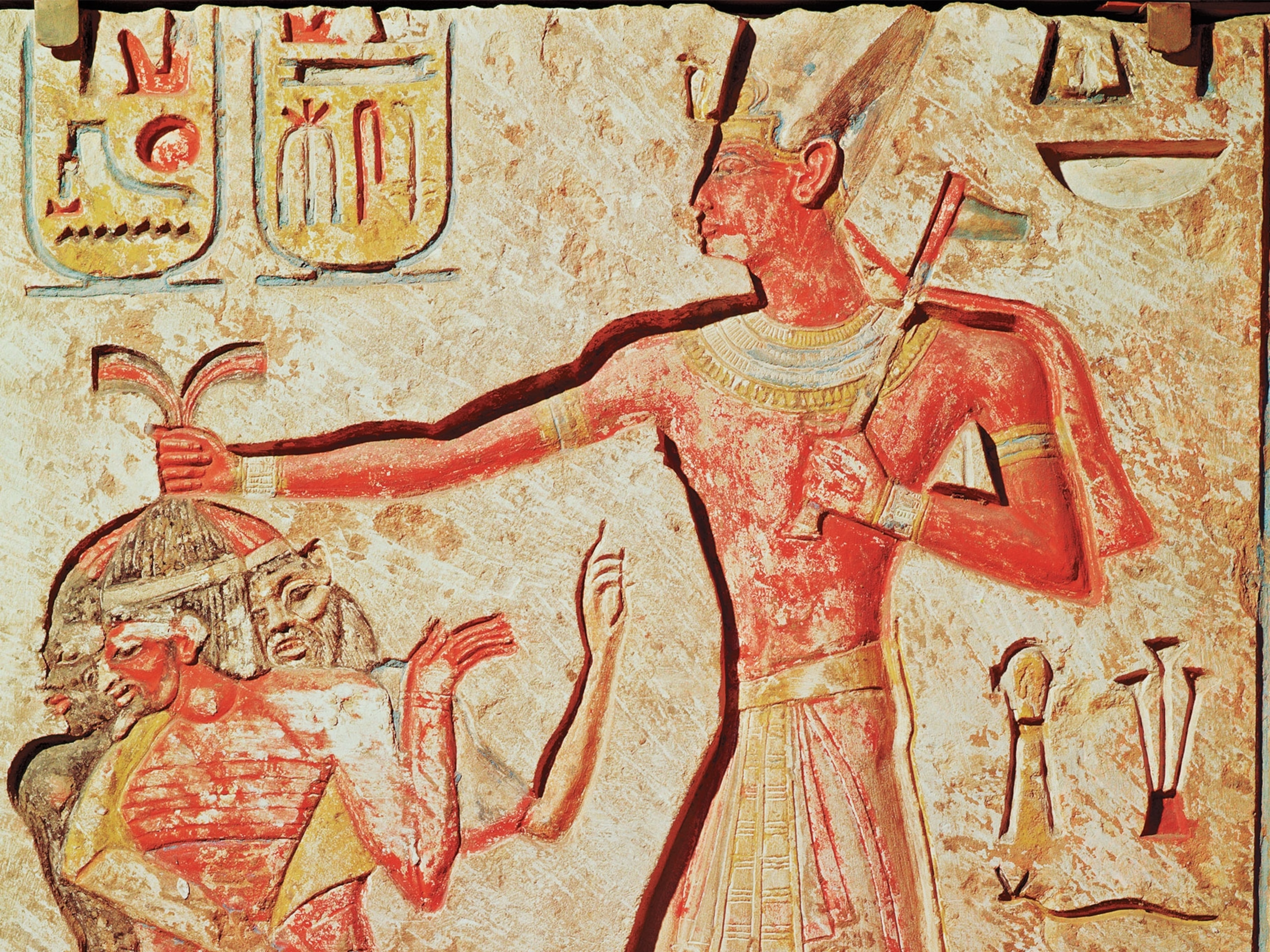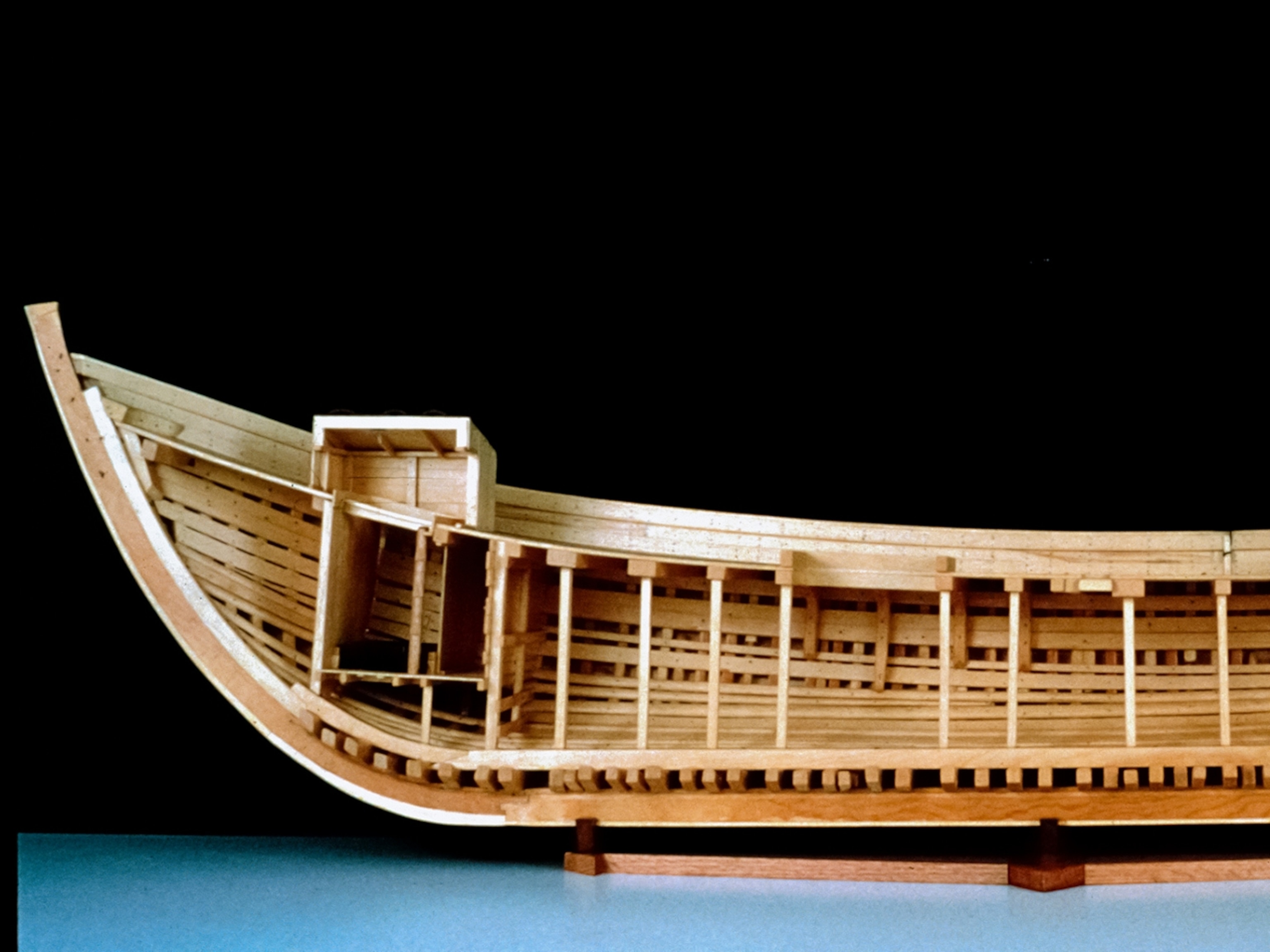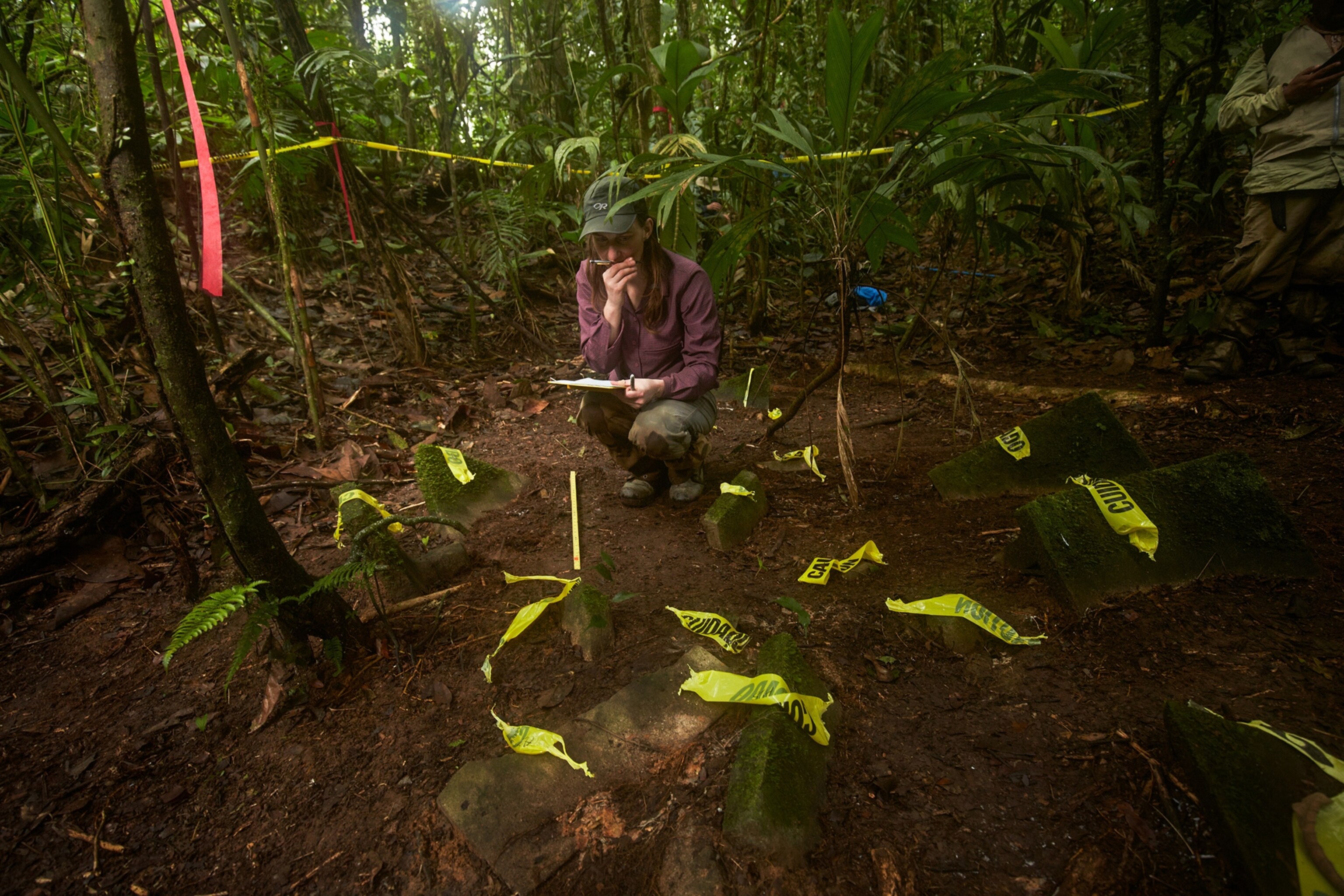
Seven Major Archaeological Discoveries of 2015
From sunken treasure to ceremonial bobcat burials, it's time to look back at the year's biggest finds.
2015 was a year when archaeology frequently made headlines around the world, but unfortunately, it was all too often for the same terrible reason. This was the year when ISIS (Islamic State) released their full destructive fury on ancient sites and cultural monuments across Syria and Iraq.
But this was also the year that archaeologists triumphed in the field. From plunging deep into the rainforests of Central America in search of new civilizations to altering our understanding of human behavior by simply re-inspecting the contents of dusty museum archives, researchers have made 2015 a spectacular year for archaeology.
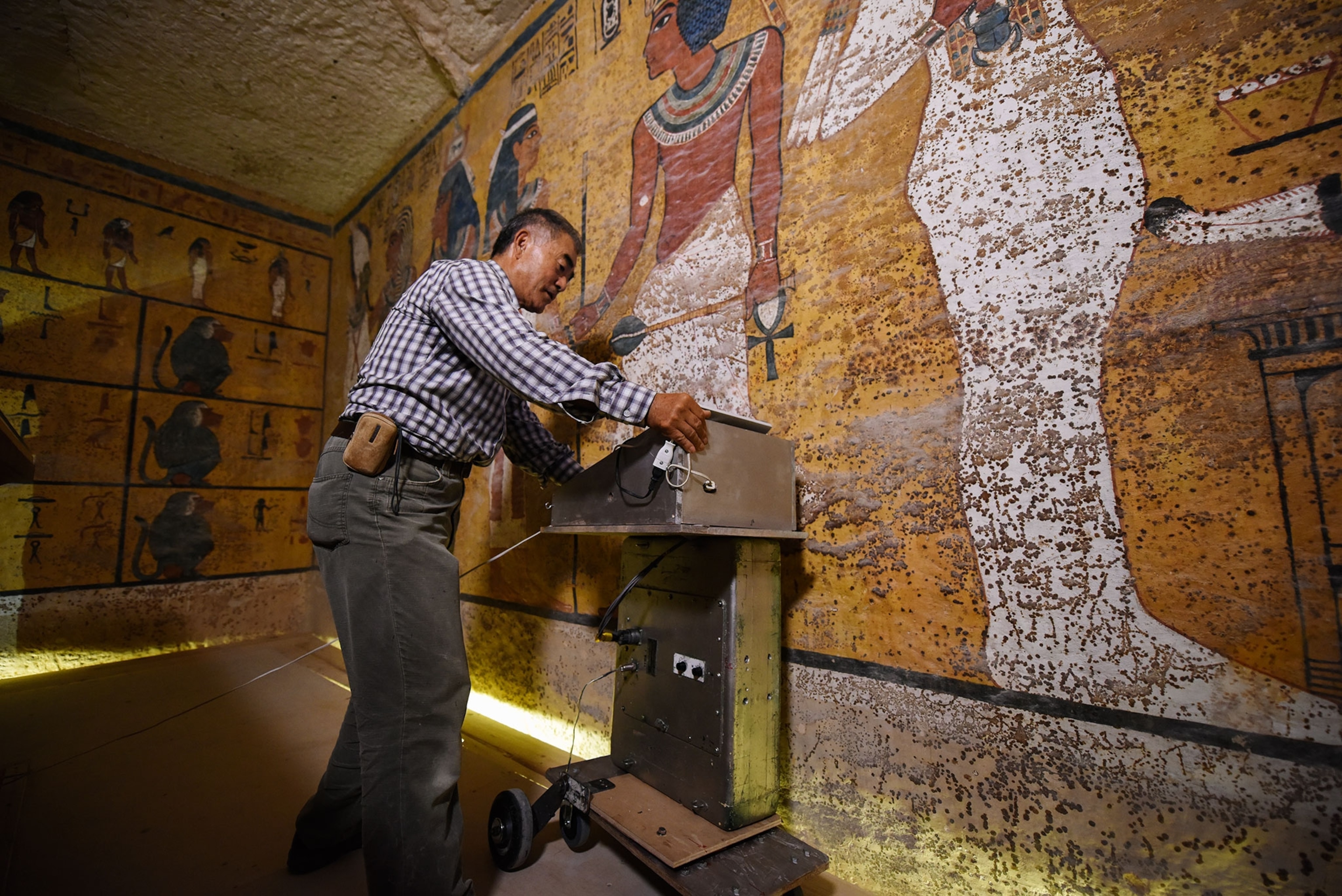
Hidden Chambers in Tut’s Tomb
What sounds like a blockbuster movie plot was actually a discovery made on a computer screen: two possible hidden chambers within the Egyptian pharaoh Tutankhamen’s tomb, sealed for millennia and overlooked by Howard Carter when he excavated the site in the Valley of the Kings in the 1920s. Egyptologist Nicholas Reeves saw what appeared to be doors to the chambers when examining laser scans of the tomb. Initial radar scanning and thermal imaging have suggested the presence of empty spaces that would support Reeves’ theory. He believes the burial chamber of the illustrious Queen Nefertiti lies behind one of the walls.
Read more about the search for Nefertiti.
2016 will be another big year for Tut’s tomb, predicts Fredrik Hiebert, National Geographic Society’s archaeology fellow. Researchers plan to investigate the chambers, quite possibly by drilling small holes into the walls and inserting a fiber optic camera to examine their contents. "The evidence for the sealed chambers is really convincing," Hiebert says. " Everyone’s on tenterhooks to discover what’s in them. There’s still so much about the Valley of the Kings that we don’t know."
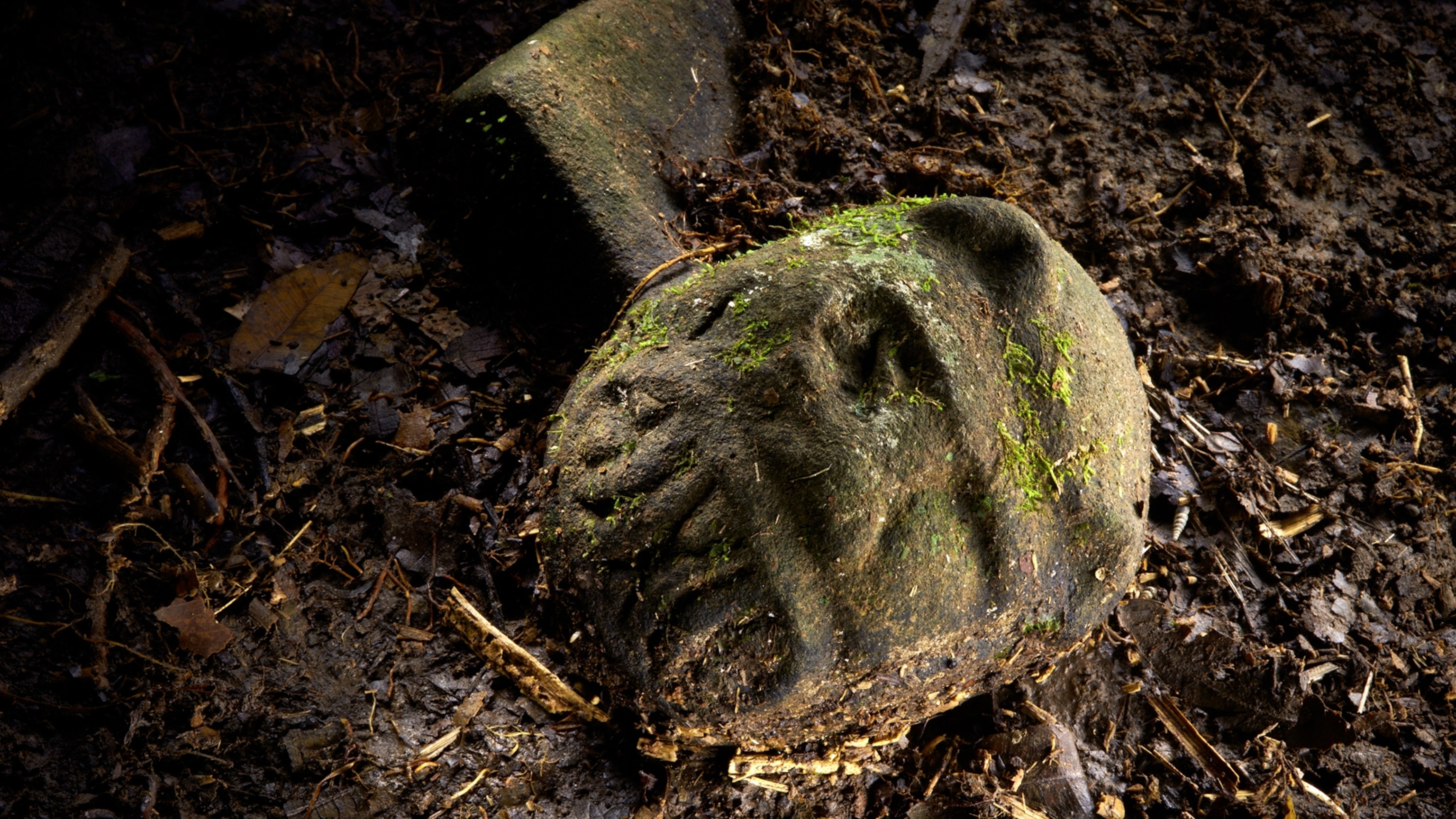
Lost Civilization Discovered in the Honduran Rain Forest
Researchers hacked their way into pristine rain forest in Honduras to confirm what aerial remote sensing (LIDAR) had already suggested: the remains of a virtually unknown culture that thrived in the eastern Mosquitia region a thousand years ago.
Archaeologists have begun to survey just one of several cities identified, replete with plazas, elaborate sculptures, and a pyramid. The Honduran president has pledged to protect the area from illegal loggers and looters, and researchers plan to return in 2016, despite the fact that nearly half of the team was felled by leishmaniasis during the 2015 expedition.
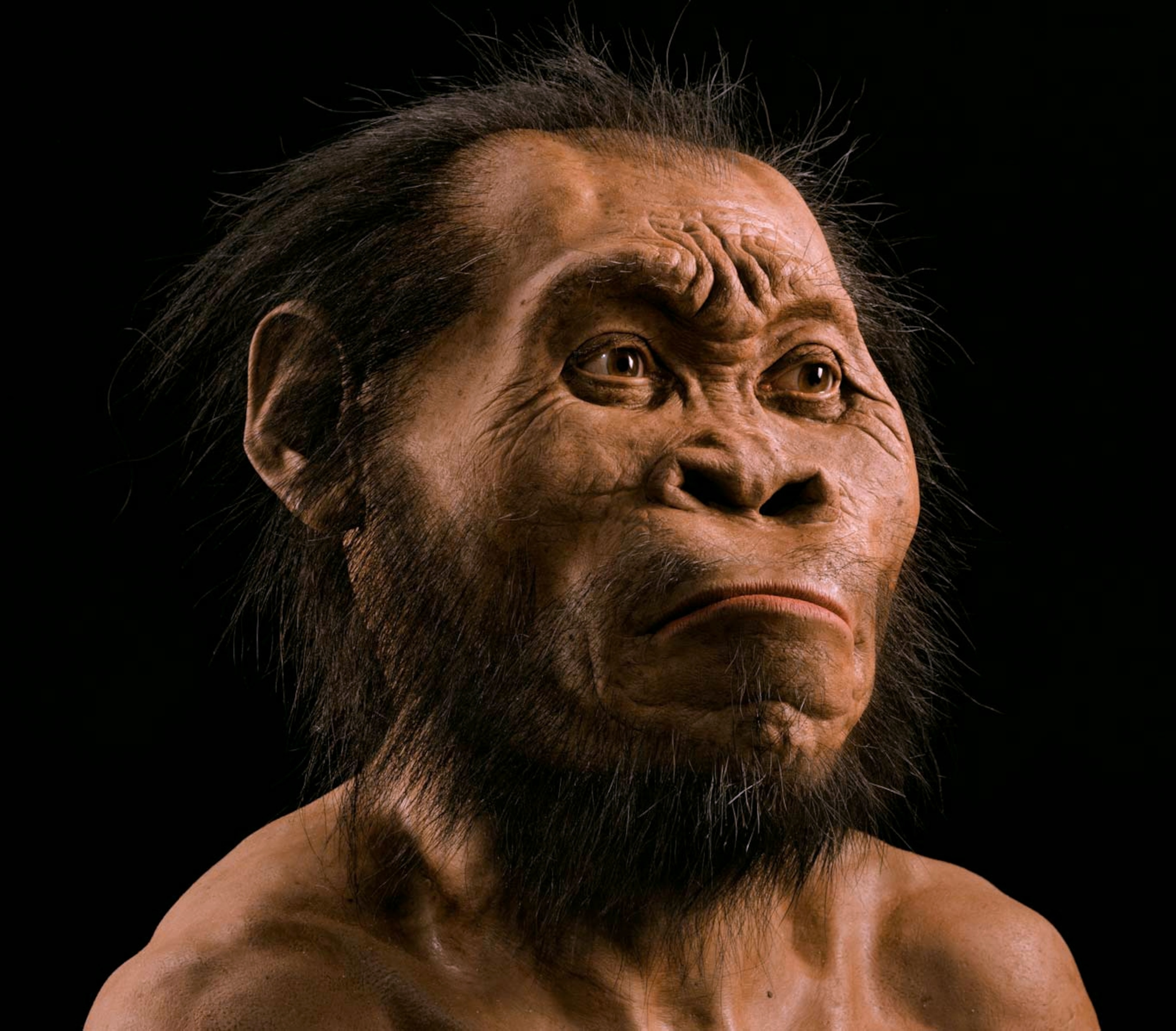
Homo naledi: A "Baffling New Branch to the Family Tree"
Paleoanthropologists, who work millions of years back to the horizons of human evolution, love nothing more than a good argument, and 2015 gave them the gift of Homo naledi. The remains of more than 15 individuals were initially discovered by recreational cavers in South Africa in 2013, but it wasn’t until just a few months ago that Lee Berger, a paleoanthropologist at the University of the Witwatersrand in Johannesburg, South Africa, made it official: we’re looking at a new species of the genus Homo.
Learn more about the birthplace of humankind—is it East Africa or South Africa?
Homo naledi is unexpected in the sense that, in many ways, it doesn’t make sense. Why does a hominin with such a small brain have such a large body? How do we explain a confluence of very "apelike" features—more primitive than those found in australopithecines of Lucy fame—and much more modern elements? How did the remains end up so far back in a complicated cave system? Were they deliberately deposited there in a ritualized manner—something that until now was a behavior recognized only in modern humans and Neanderthals? And the biggest question: how old are these fossils?
What we do know is that we can look forward to years of research and analysis of how exactly Homo naledi fits into our family tree. Stay tuned!
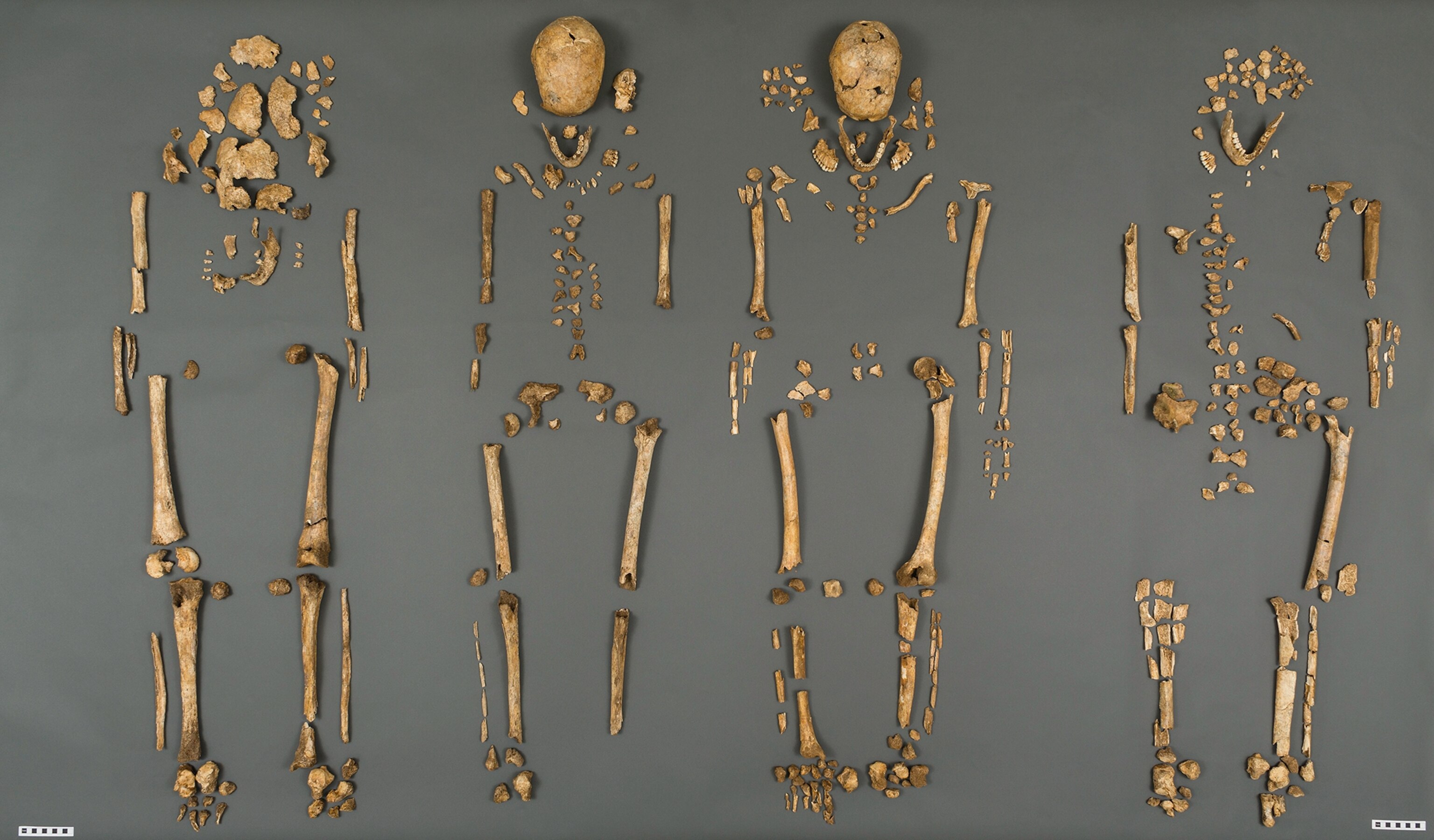
Archaeologists Identify Bodies of Lost Leaders of Jamestown
Back in 2010, archaeologists studying a series of four male burials in Jamestown, Virginia used the location of the remains to conclusively identify the first major English church building in North America, where Pocahontas married John Rolfe in 1614. The human remains were found in what was suspected to be the chancel area of the church, where the altar was once located and where elite members of Britain’s first permanent American settlement would have been interred.
When the bodies were discovered, researchers could only guess who they were, based on the men’s status and dates of death: Reverend Robert Hunt, Jamestown's first chaplain; Sir Ferdinando Wainman, a master of ordnance for Fort James; Captain Peter Winne, a sergeant major of the fort; and Captain Gabriel Archer, a member of the colony's first governing council.
Does climate change threaten the future of Jamestown?
They got three out of four correct. This year, using chemical and genealogical analysis, archaeologists determined the remains belonged to Captain Archer, Sir Wainman, Reverend Hunt, and Captain William West, a relative of Wainman.
"These individuals were so critical to the foundation of America as we know it today," says forensic anthropologist Douglas Owsley, who led the team that identified the men. "We're sincerely interested in their lives and their stories."
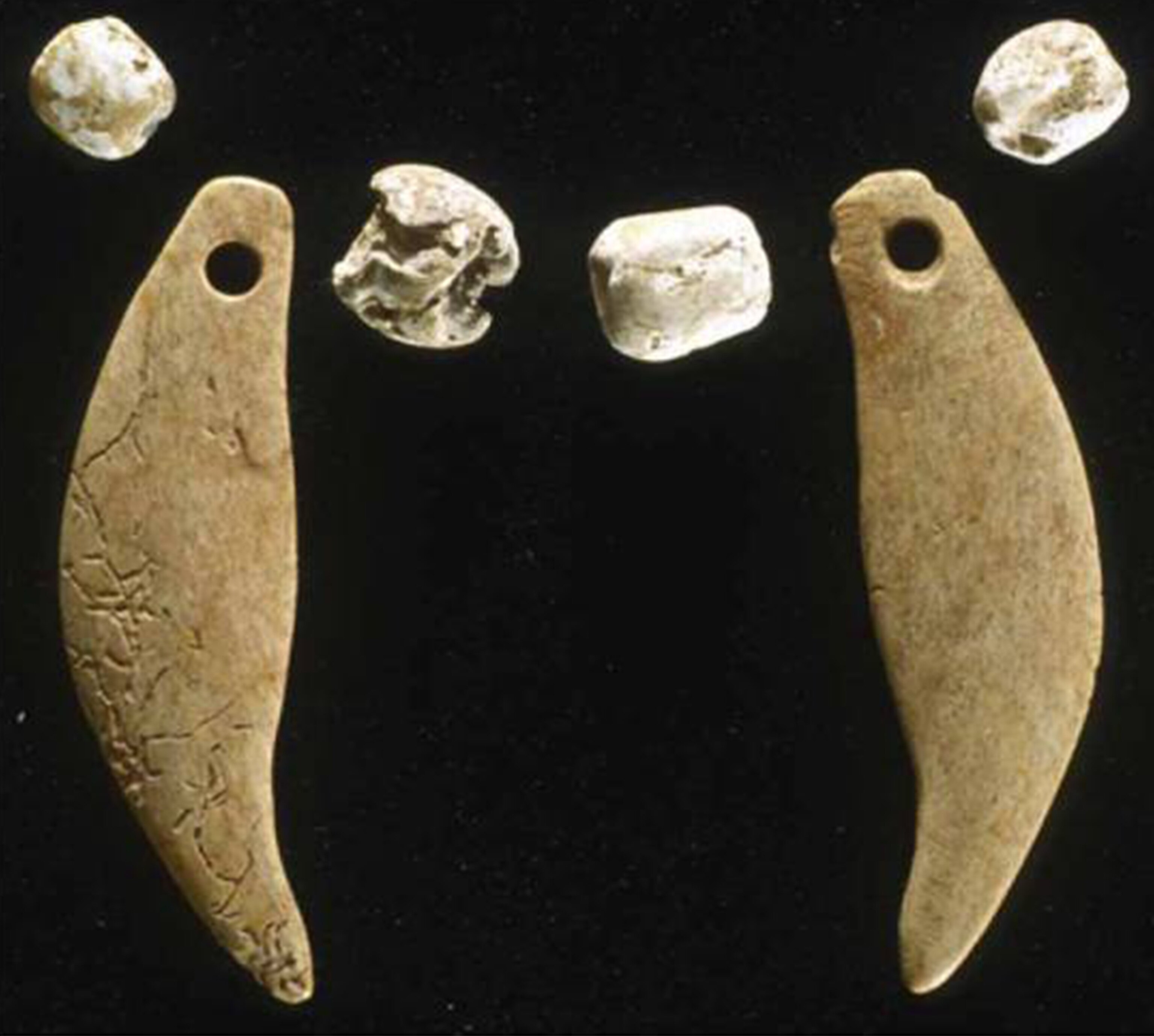
Ceremonial Bobcat Burial in the Hopewell Mounds
For decades after their excavation from a Hopewell-era burial mound, these bones languished in storage at Illinois State Museum in Springfield, in a box labeled "puppy burial." But it was only when zooarchaeologist Angela Perri examined the skull that she realized she was looking at something else: the only known decorated burial of a wild cat in the archaeological record.
The young bobcat was buried around 2,000 years ago in the largest of 14 Hopewell-era mounds that overlook the Illinois River some 50 miles (80 kilometers) north of St. Louis. It was interred alongside the remains of 22 people, who were buried in a ring around a central tomb with the remains of an infant.
What sounds like a blockbuster movie plot was actually a discovery originally made on a computer screen.
When archaeologists uncovered the burial in the early 1980s, they were surprised to find the remains of a small animal with what appeared to be a "collar" made of seashells and bear teeth. While people in the Hopewell culture buried dogs, they did so only in their villages—mounds were reserved for human burials.
Why do we want to squeeze adorable baby bobcats?
So how to explain the deliberate burial of a wild cat? According to Perri, the young bobcat (most likely between four and seven months old) was not sacrificed but deliberately arranged in its grave with its ornamental "collar" and its paws placed together. While Perri argues that the burial is evidence for cat domestication, other researchers, who point out that animals are never deliberately buried in the Hopewell mounds, suggest the bobcat burial may have a cosmological meaning.
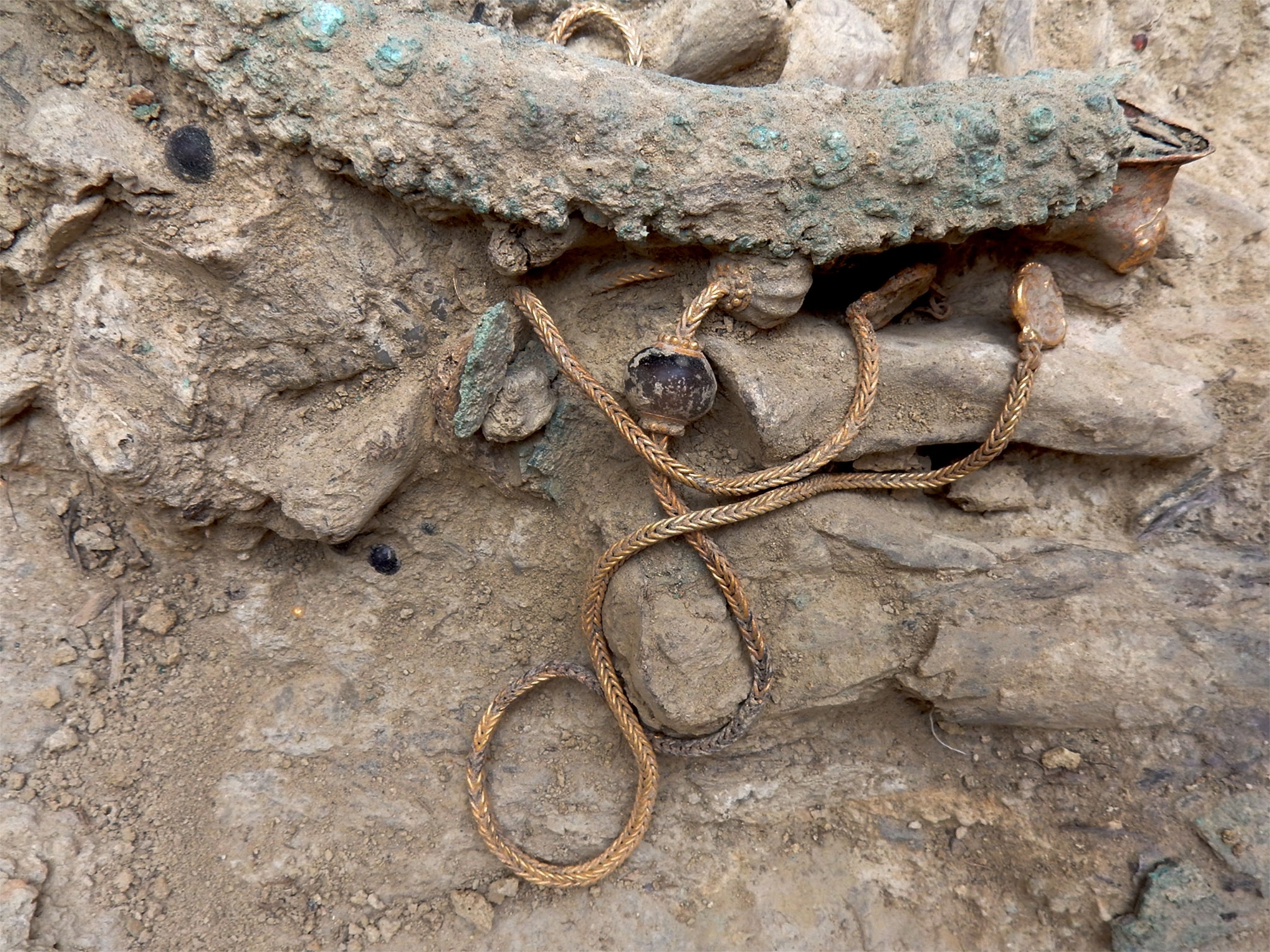
Rare Unlooted Grave of Wealthy Warrior Uncovered in Greece
Frenzied speculation early in the year that a Greek tomb may be the resting place of Alexander the Great turned out to be just that—speculation. But the discovery of an unlooted warrior tomb in the southwestern Peloponnese turned out to be not just the major archaeological discovery of the year for mainland Greece, but also the discovery of decades.
Archaeologists were surprised at the number of traditionally “female” grave goods buried with the warrior, including combs, beads and a mirror.
The male warrior was discovered at the site of Pylos, which features the remains of a Mycenaean palace built around 1300 B.C. The warrior was interred about two centuries earlier, in a shaft grave surrounded by around 1,400 objects, including a bronze sword with an ivory hilt.
Archaeologists were surprised at the number of traditionally "female" grave goods buried with the warrior, including combs, beads, and a mirror. "The discovery of so much precious jewelry with a male warrior-leader challenges the commonly-held belief that jewelry was buried only with wealthy females," says Sharon Stocker a University of Cincinnati archaeologist who worked on the excavations.
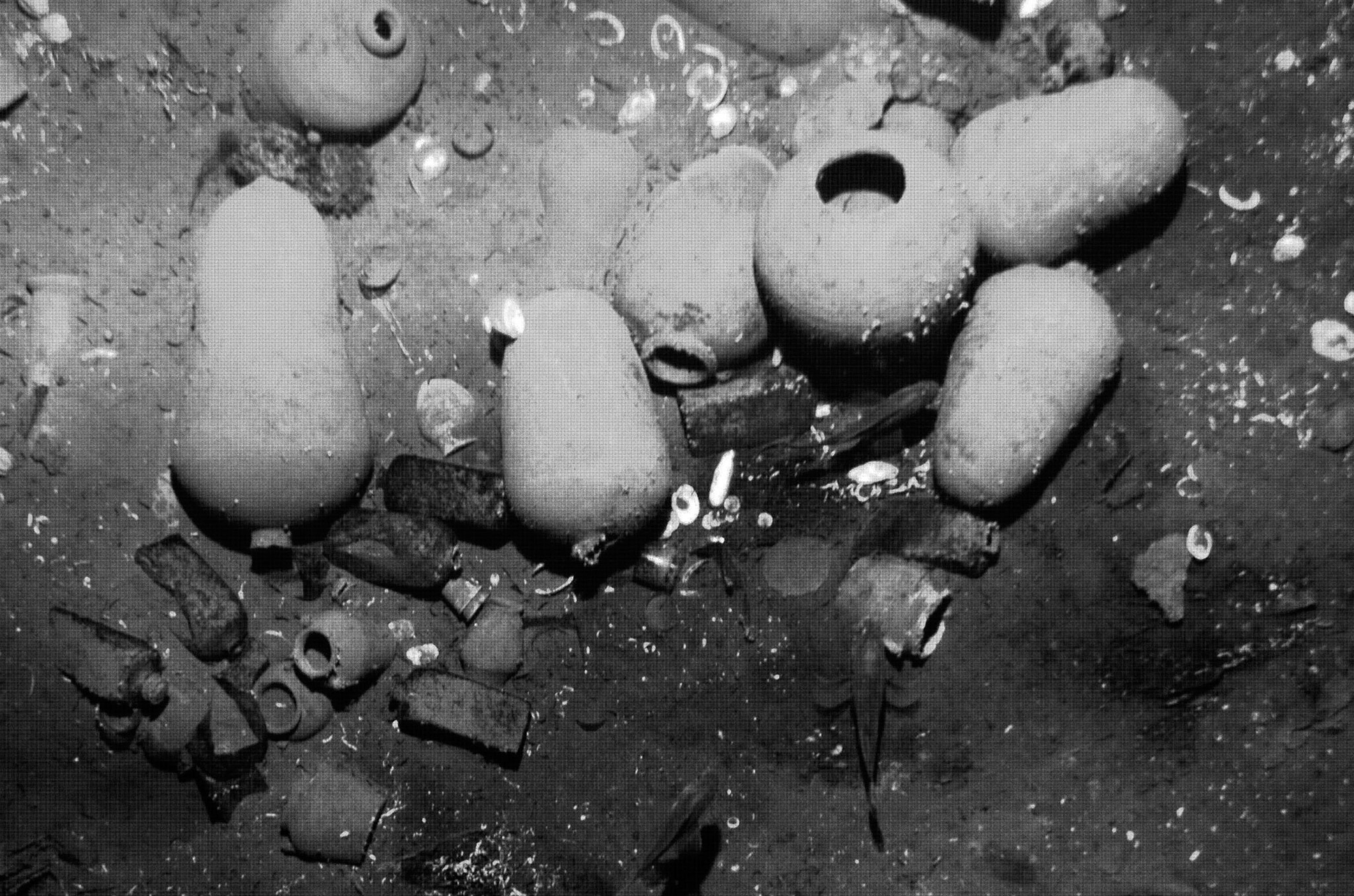
Treasure on Sunken Spanish Galleon Could Be Biggest Ever
It’s hailed as possibly "the most valuable shipwreck discovery of all time"—an early 18th-century Spanish galleon laden with around a billion dollars worth of precious metals and gems. But it’s the legal war that’s gearing up around the ownership of the wreck that may make this discovery especially interesting.
Colombia’s president recently tweeted that his country had located the San Jose, a Spanish ship sunk by the British in 1708 off the coast of Cartagena. However, the private U.S. salvage firm Sea Search Armada claims that it found the wreck more than 30 years ago. Then there’s Spain, which will most likely put a claim on this ship and the remains of almost 600 of its crew that went down with it. "Spain has been pretty successful in court when it comes to recovering their warships, regardless of who finds them," says Hiebert. "I’d be surprised if they didn’t put up a huge fight for the San Jose."
Follow Kristin Romey on Twitter.

